10 things you should never put in a slow cooker – expert cooks have these warnings and alternatives
Thought your slow cooker could cook everything? Turns out it really can't

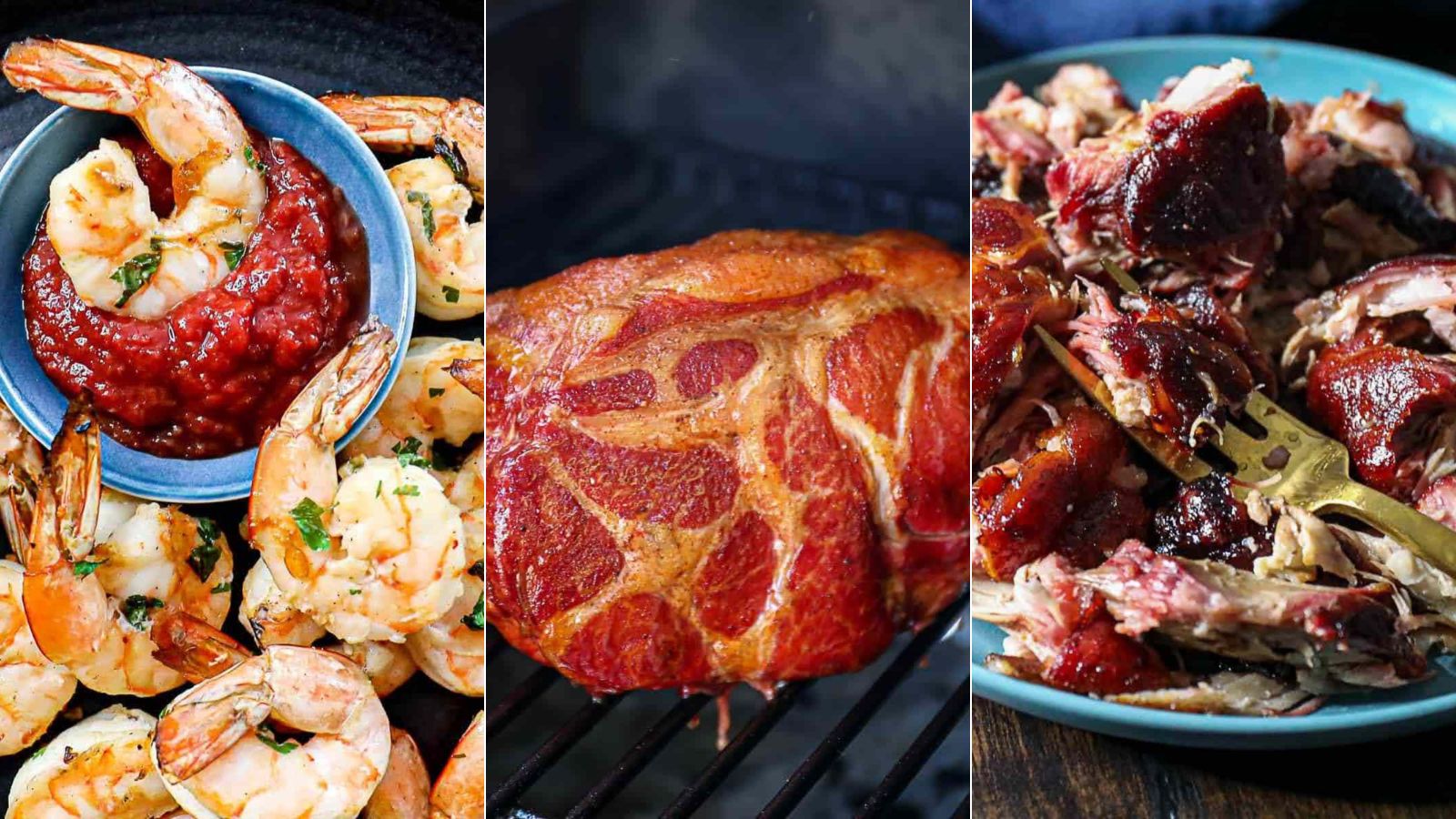
If you’ve ever talked to someone who absolutely loves their slow cooker, then you’ve probably heard them say that you can put anything in it. As it turns out, according to the experts, that’s not exactly true.
While the best slow cookers are wonderfully versatile kitchen appliances and particularly great for cold-weather batch cooking, it turns out that there are a few things that are best left prepared through other methods.
We spoke to the experts to ask for their top tips and find out which meals you should avoid making in your slow cooker.
1. Lean cuts of meat
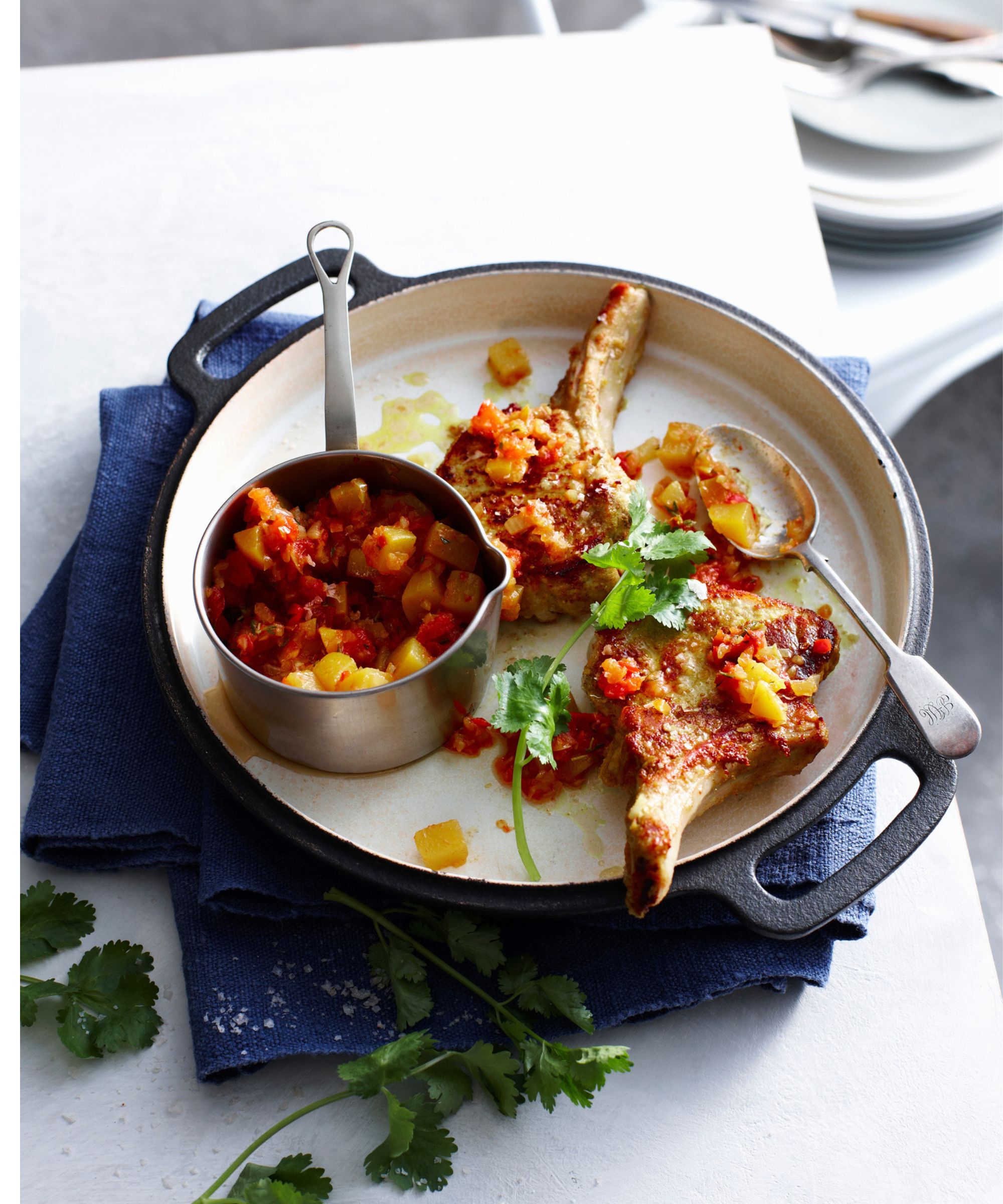
According to Chef Kai Chase, making lean cuts of meat in your slow cooker is just going to lead to major, flavorless disappointment.
'If there’s one thing I need to emphasize, it’s to avoid putting lean, tender cuts of meat like tenderloin, chicken breast, pork chops, and steak into the slow cooker at all costs!' says Chase. 'Lean cuts of meat dry out faster than "tough" cuts because they don’t have enough fat. I recommend sticking with shoulders, thighs, shanks, and cheek.'
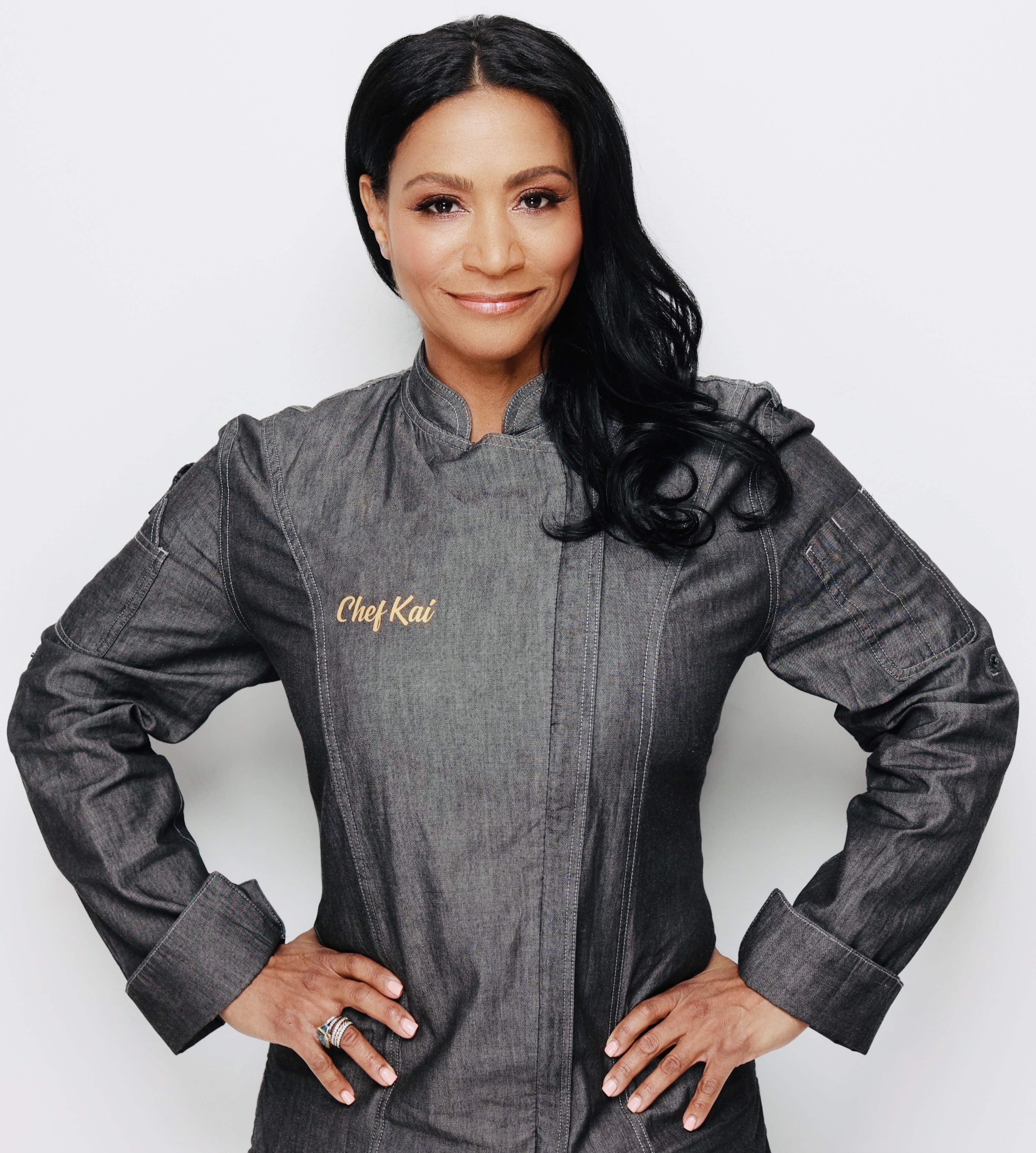
Kai started as a music journalist, but her true passion was always cooking. Having quit the music industry, she trained in the art of French master cuisine at the prestigious Le Cordon Bleu culinary academy in Paris. She returned to Los Angeles to work in restaurants such as actress Pamela Anderson’s Sanctuary, before starting Kai Chase Catering and Kai Chase Private Chef services companies. As a private chef, Kai received global media attention as the personal chef to Michael Jackson, and has also cooked for President Barack Obama, Mary J. Blige, and Jamie Foxx, among others.
2. Expensive meats
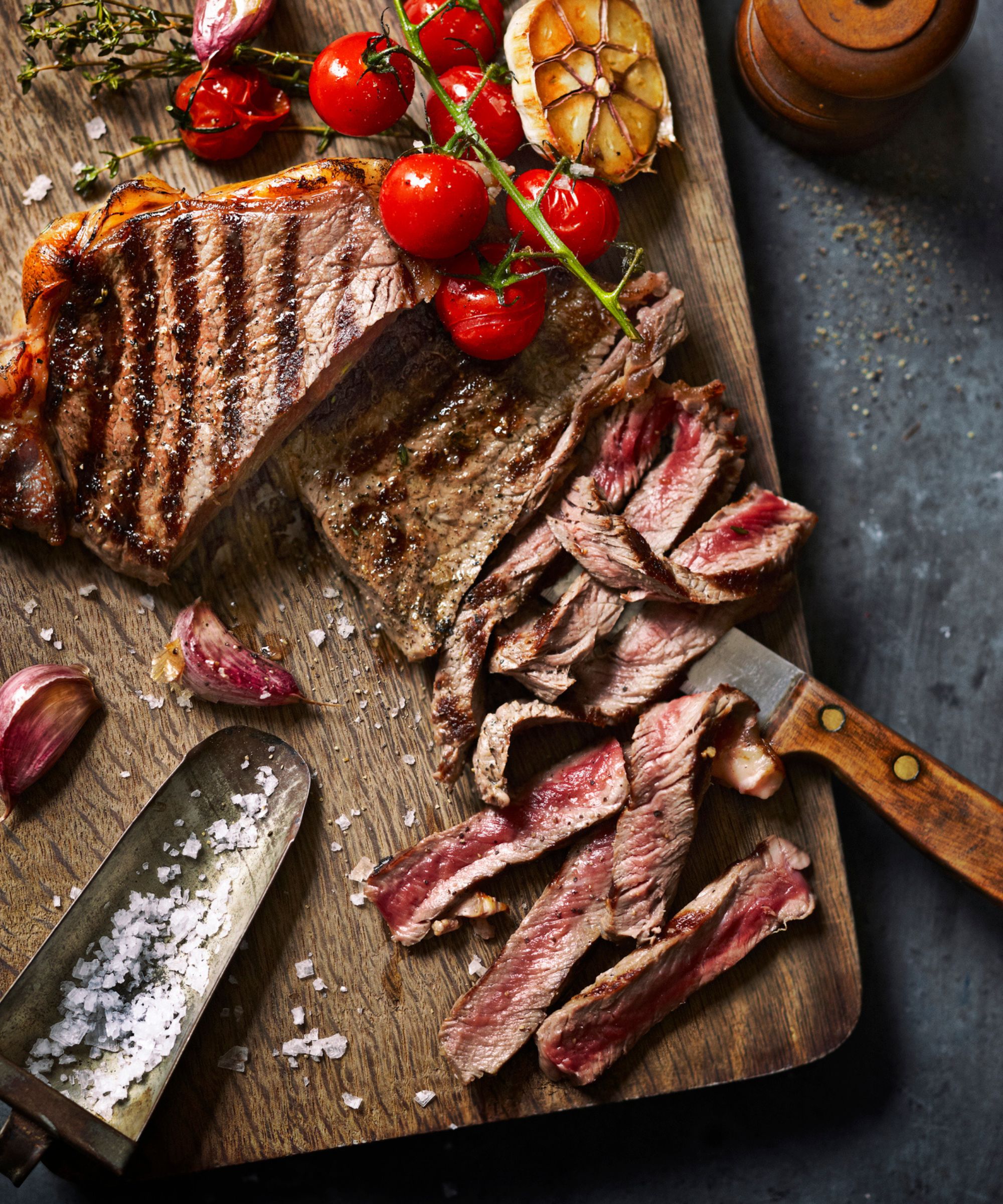
Jenna Passaro, author of The Home Chef’s Sous Vide Cookbook and the chef behind Sip Bite Go, notes that she’s a hard pass on prepping nice, expensive cuts of meat in the slow cooker because it’s often a waste of money.
'I wouldn't put nice cuts of meat in a slow cooker,' Passaro tells us. 'Slow cookers work better for tougher cuts of meat that need a lot of time to break down during the slow cooking process. Save those expensive filet mignon cuts for other recipes!'
Design expertise in your inbox – from inspiring decorating ideas and beautiful celebrity homes to practical gardening advice and shopping round-ups.

Jenna Passaro is the foodie, writer and photographer behind Sip Bite Go, which she founded in 2015. Married to a chef, she creates easy, go-to recipes to rival some of her favorite eat-out dishes, and shares them with her audience. 'I develop easy recipes that can transform your kitchen into a restaurant – and you into a true home chef,' she says.
3. Meat with skin on
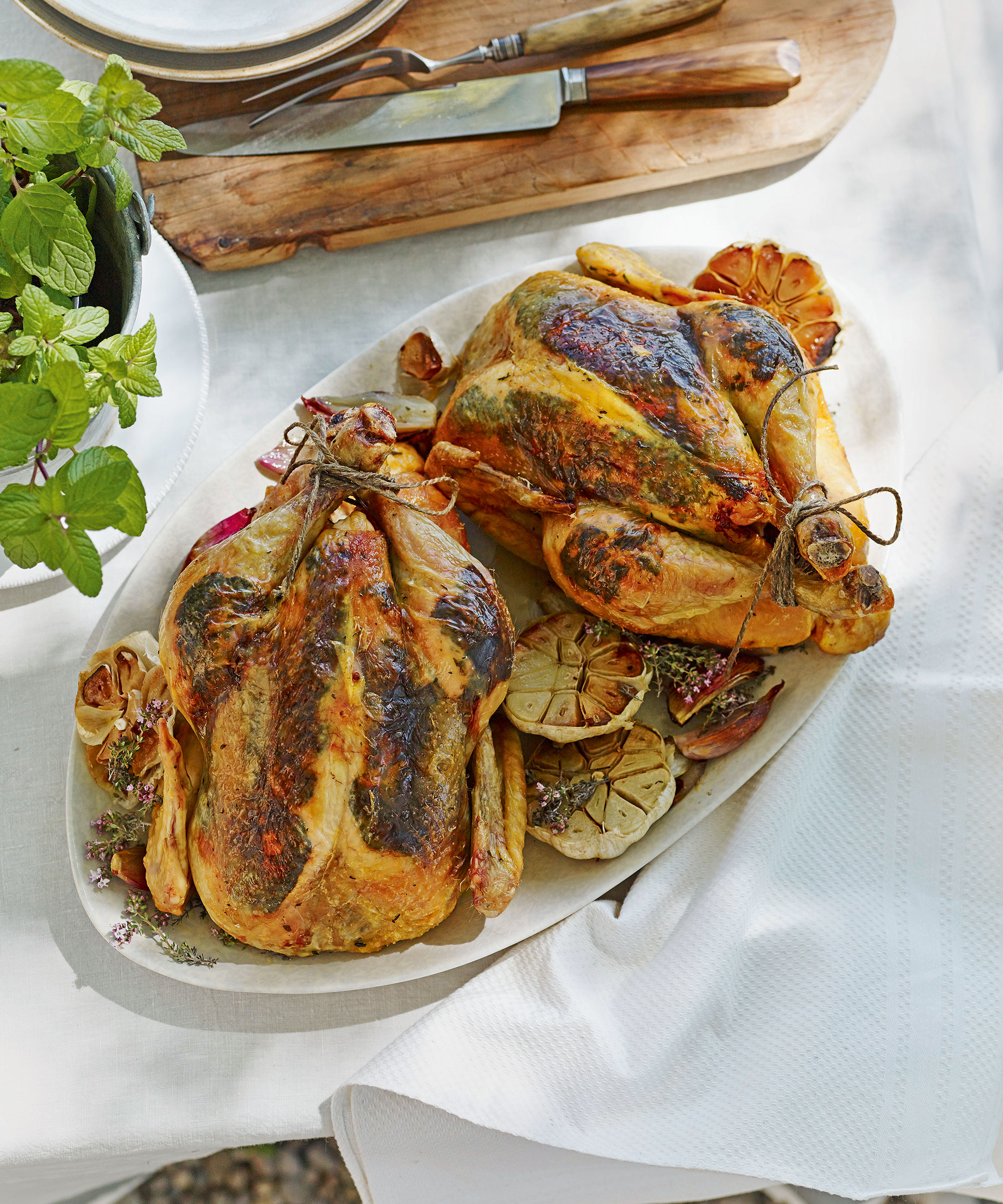
Meat's skin does not cook well in a slow cooker, though it can contribute to your food's flavor. Put in a slow cooker, it will present as greasy and flabby, which isn't appetizing. That's not necessarily a reason to exclude it from cooking, but you'll definitely want to exclude it from serving – or find a better way to cook it. Roasting a whole chicken, for example, will produce better results than slow cooking it.
4. Shellfish and fish
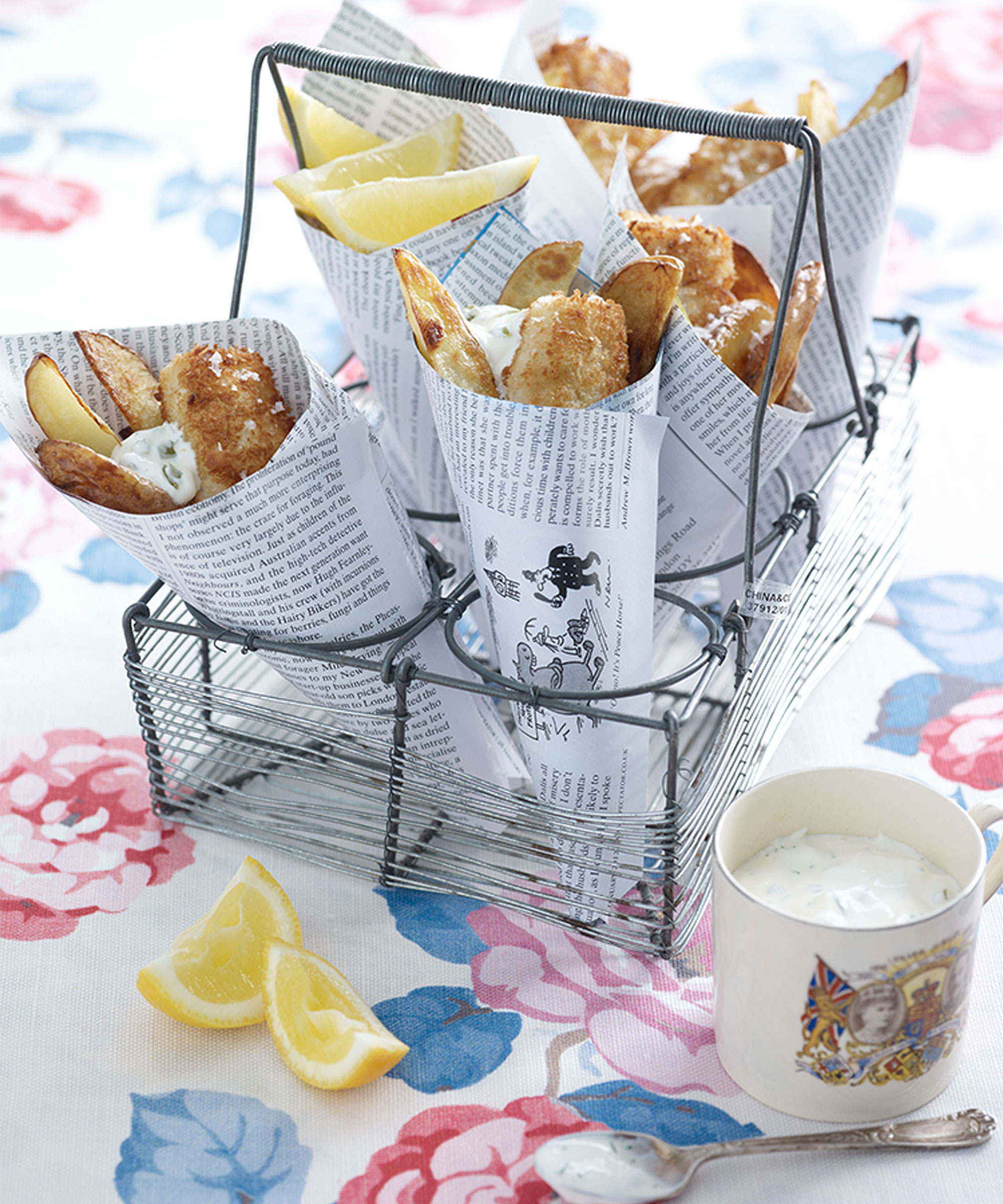
Much like lean meats and for similar reasons, Passaro notes that seafood is wrong for the slow cooker, too. 'I don't ever recommend seafood in slow cooker recipes. Think of fish, scallops, and shrimp as a no-no. They cook quickly and wouldn’t do well with the texture of soft, slow-cooked food.'
Chase fully agrees. 'A general rule of thumb that I have for any meat is that if it already has a low cook time and it’s low in fat, don’t put it in the slow cooker,' she says. 'Fish and shellfish absolutely fall into that category! Like lean meat, fish and shellfish tend to come out dry, grainy, and rubbery when cooked in a slow cooker.'
If you’re reading this and feeling disappointed you can’t make a seafood stew or chowder in your slow cooker, don’t despair! You can, you just need to be mindful of your cook times. 'If you’re using your crockpot for a seafood stew, you can wait until there’s three to five minutes left in your cook time to throw in your desired shellfish (like shrimp and mussels) and fresh fish, which I recommend being cubed,' says Chase.
5. Dairy or anything cream based
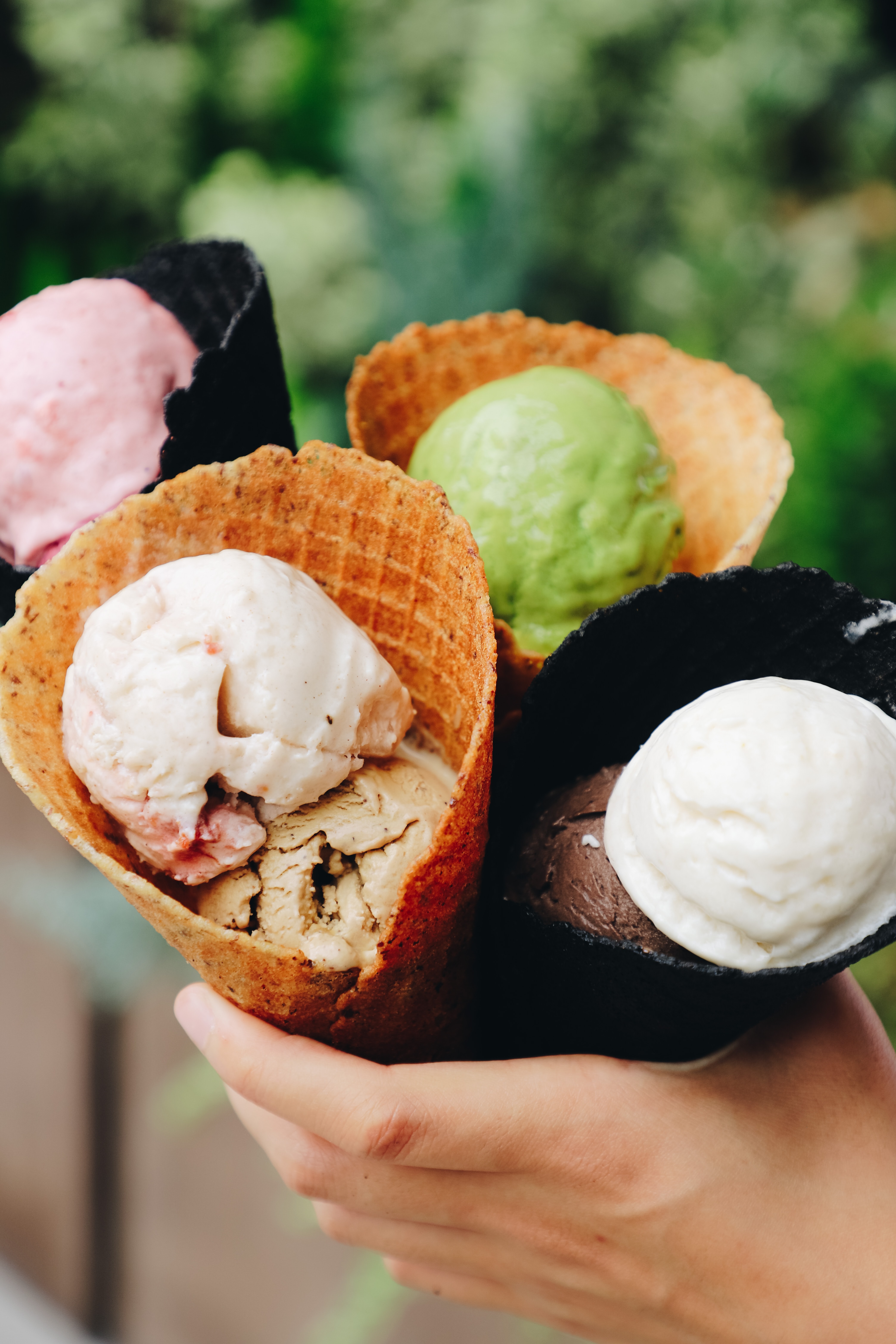
The beauty of a slow cooker is that you can flick the switch and let it do the rest. Unfortunately, Chase says that this isn’t the case for dairy or anything creamy – and this includes plant-based alternatives.
'Try to avoid creamy products, whether they’re traditional milk and cream, or plant-based alternatives like cream of coconut or almond milk,' Chase tells us. 'These ingredients tend to breakdown in a slow cooker and can end up curdled and grainy. Instead, stir-in creamy ingredients when the mixture is warm, but not boiling, toward the end of cook time when there’s about 10 to 15 minutes left.'
6. Fresh herbs
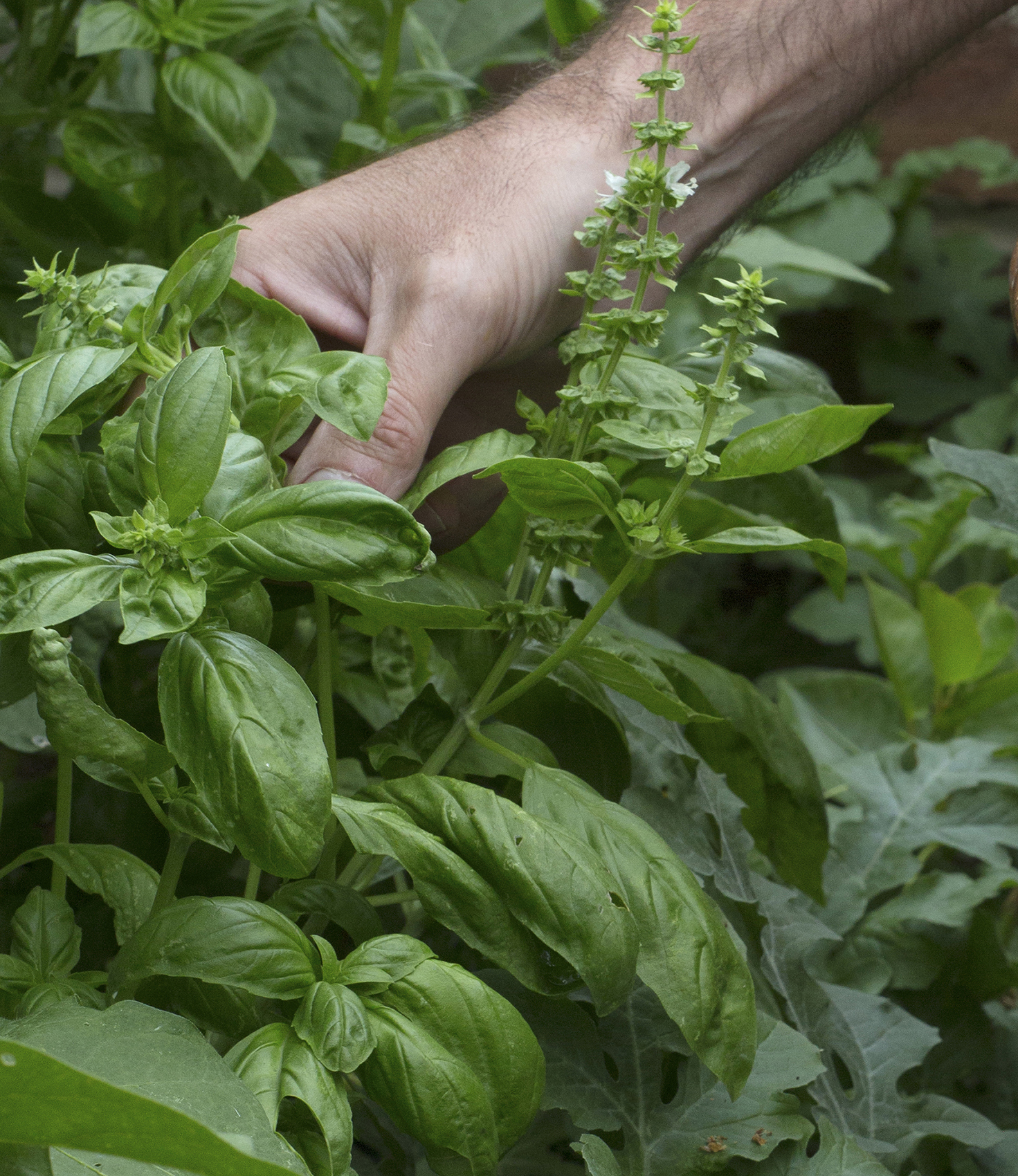
Whether you’re the proud owner of your very own herb garden or you buy them fresh from the market, Chase warns that these are one flavor enhancer that shouldn’t meet your slow cooker.
'It’s best to avoid using any type of fresh, soft herb like basil, cilantro, or coriander in the slow cooker as they can wilt and lose their flavor properties the longer they’re cooked,' Chase warns. 'Instead, stir them into the dish at the very end. The harder fresh herbs like rosemary, thyme, and oregano tend to fare well in the slow cooker.'
7. Most baked goods
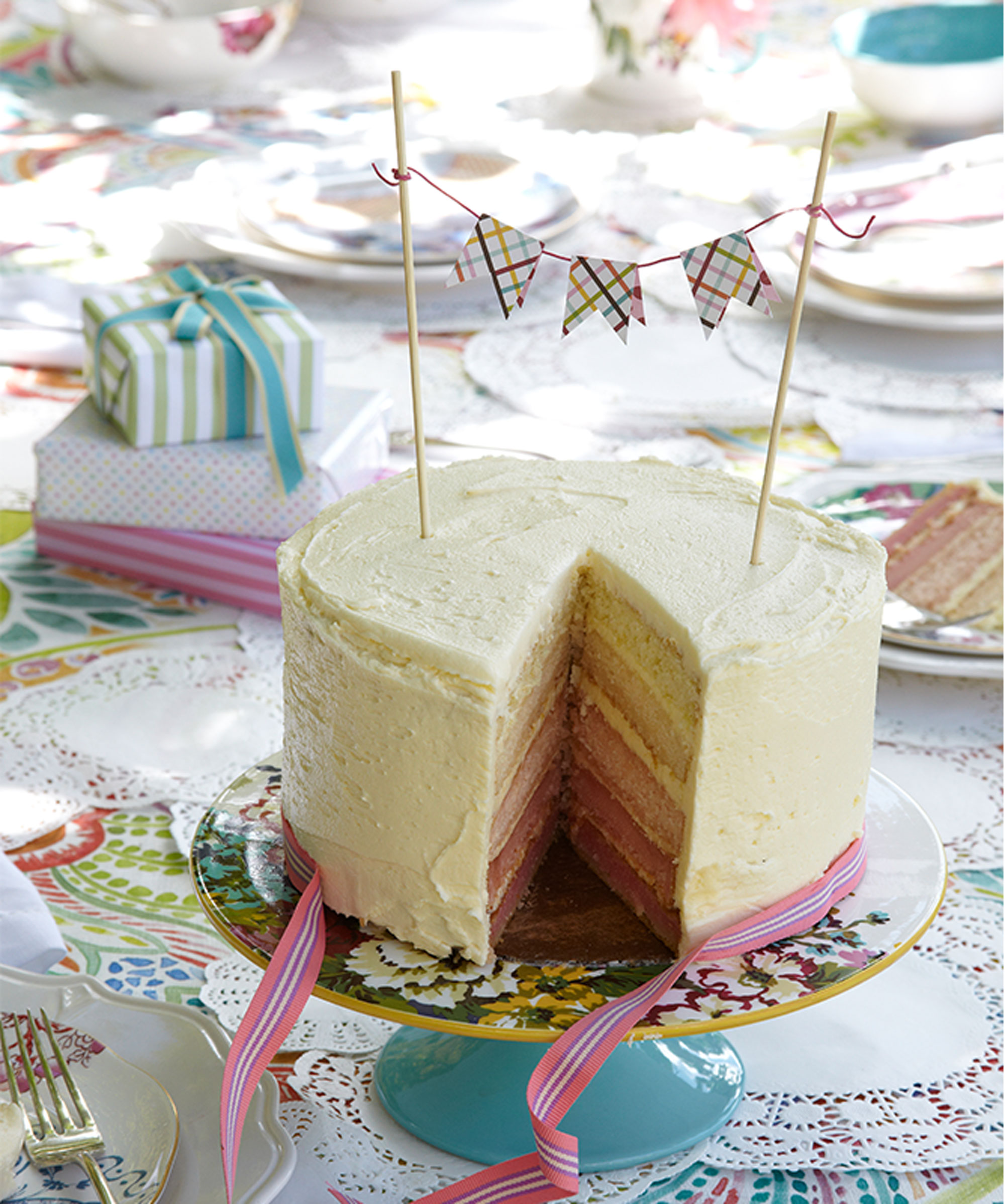
While slow cooker recipes for bread or cakes are fairly popular, Chase says that it’s a general rule of thumb to avoid baking this way, if possible. 'Ovens are the preferred method for baking breads, cakes, and brownies, but if you’re living in an efficiency or bachelor apartment that lacks a traditional kitchen set-up, slow cookers are excellent alternatives!' she tells us.
Still, while baking with a slow cooker can be done, there’s a reason it’s not preferred. You might even determine that it’s too much work, which is the opposite reason why most people love slow cookers in the first place.
'Some things to keep in mind: to prevent sticking, grease the ceramic insert with oil/butter OR line with parchment paper,' says Chase. 'Parchment paper is especially helpful for bread so you can easily lift out your loaf. Fill the slow cooker halfway to leave room to for the mixture to rise and prevent burning – do not go past filling two-thirds of the way.'
That’s not all. If you’re really insistent on baking with your slow cooker, there are even more rules. 'To prevent soggy tops, loosely place the lid on the slow cooker so moisture can escape. You can also add a paper towel layer directly under the lid,' Chase says. 'Avoid lifting the lid until the end of baking time. Doing so will lower the slow cooker’s temperature and potentially lead to condensation dripping onto your baked good. [Lastly], to best mimic an oven, make sure that your slow cooker is preheated and on the highest setting!'
8. Certain vegetables
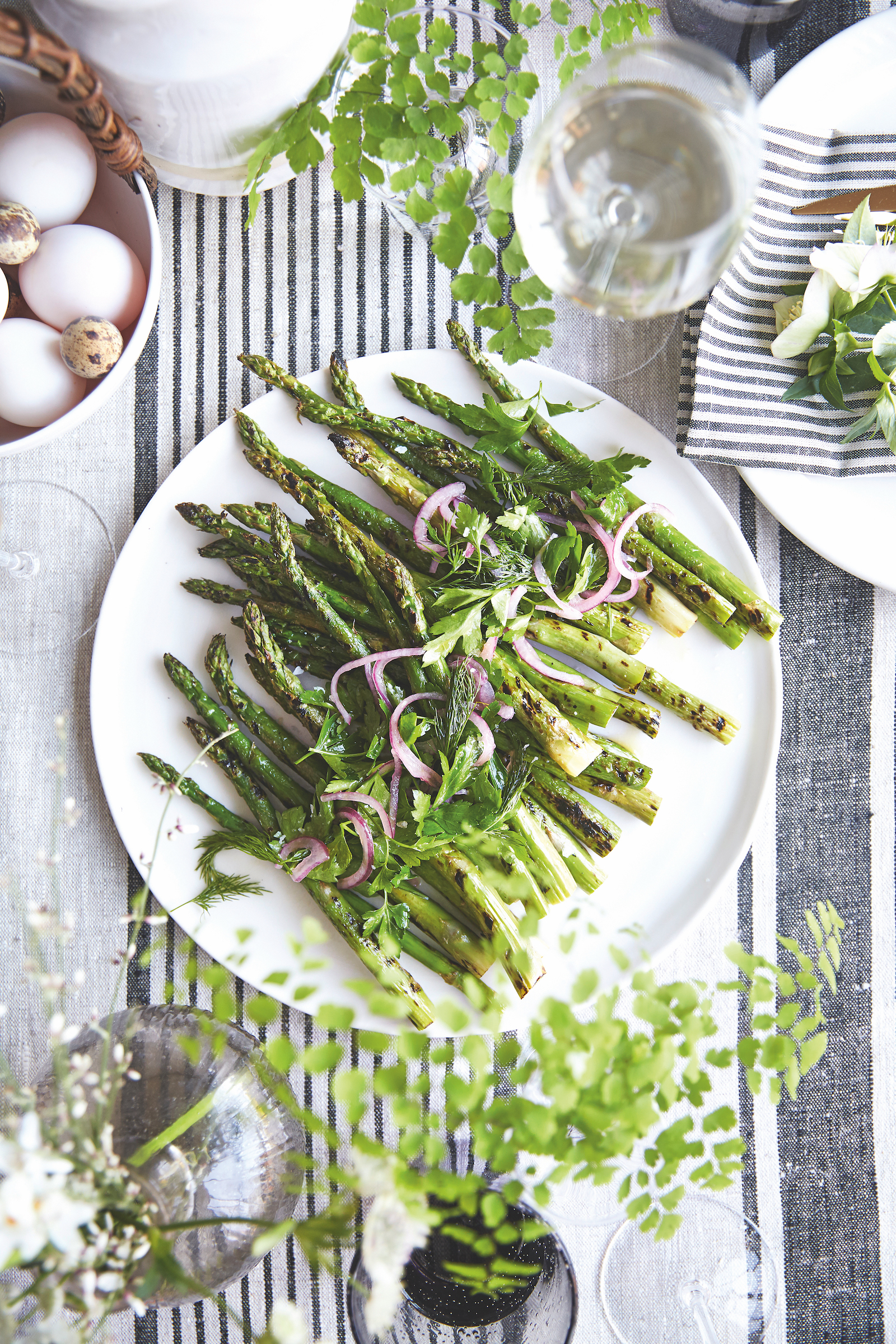
If you’re looking to prep fresh veggies, Passaro warns that the slow cooker is probably best avoided.
'Vegetables that get mushy quickly should be avoided in slow cooking,' she says. 'For example, asparagus, zucchini, and eggplant are not the best options. You should be sauteing those vegetables quickly in a pan verus cooking from raw in a slow cooker.'
9. Pasta
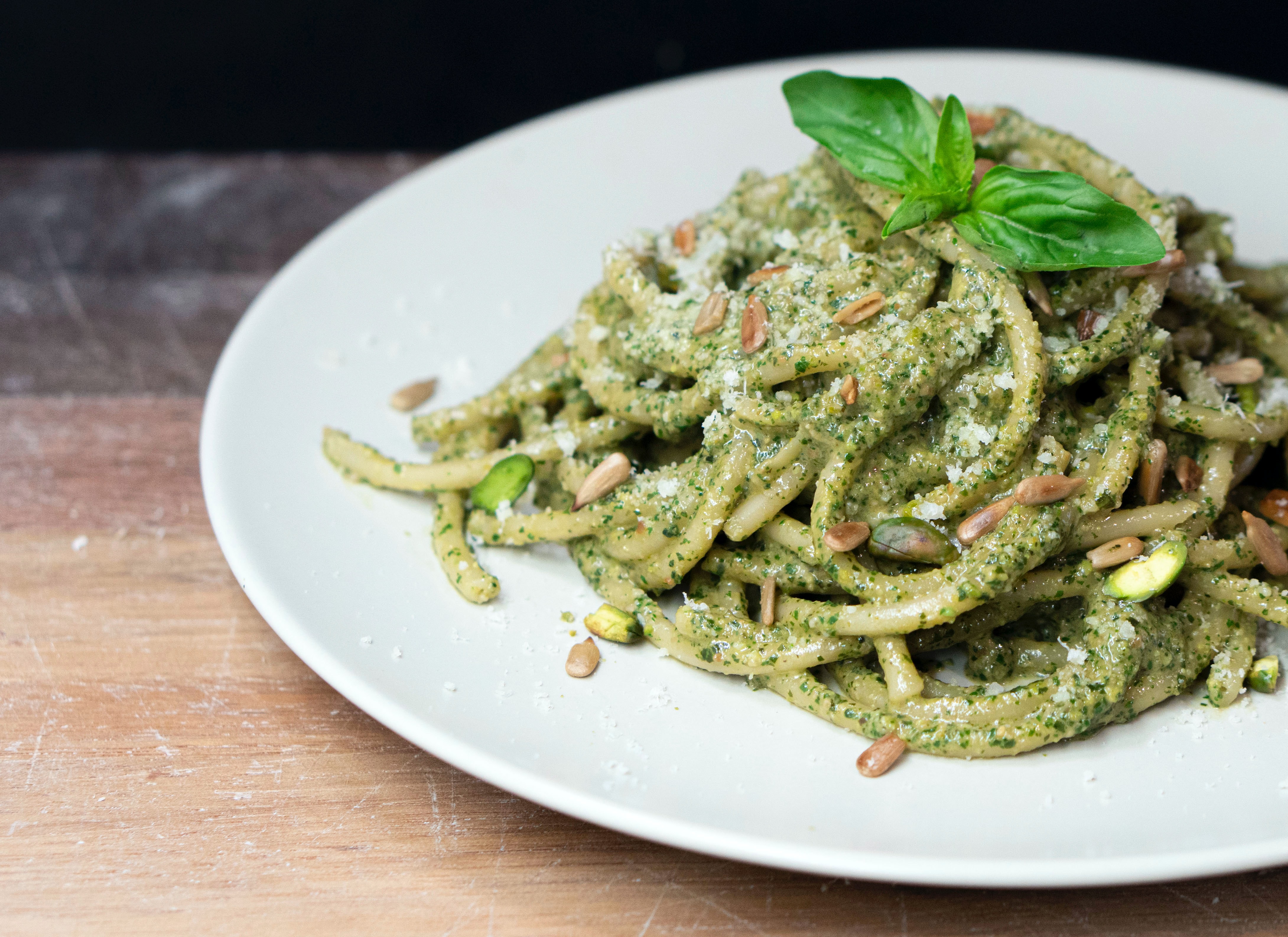
One of the main reasons slow cookers have become so popular is because, when used correctly, they’re extremely easy and low-maintenance. But Chase warns that for some foods, there are still easier preparation methods. Pasta is one such food.
'It’s much easier to use a stovetop to cook pastas… to achieve a perfect texture that’s void of gumminess,' says Chase.
However, much like baked goods, there are ways to prepare pastas that might work. 'For pasta, use your crockpot to make the sauce first and then stir-in your desired pasta toward the last five to 10 minutes of cooking,' says Chase. 'The trick is to make sure the sauce you’re making has nearly reached its desired cook time before adding the pasta. You could always cook the pasta separately on the stove top if needed and stir-in later if you feel this is too risky!'
10. Alcohol
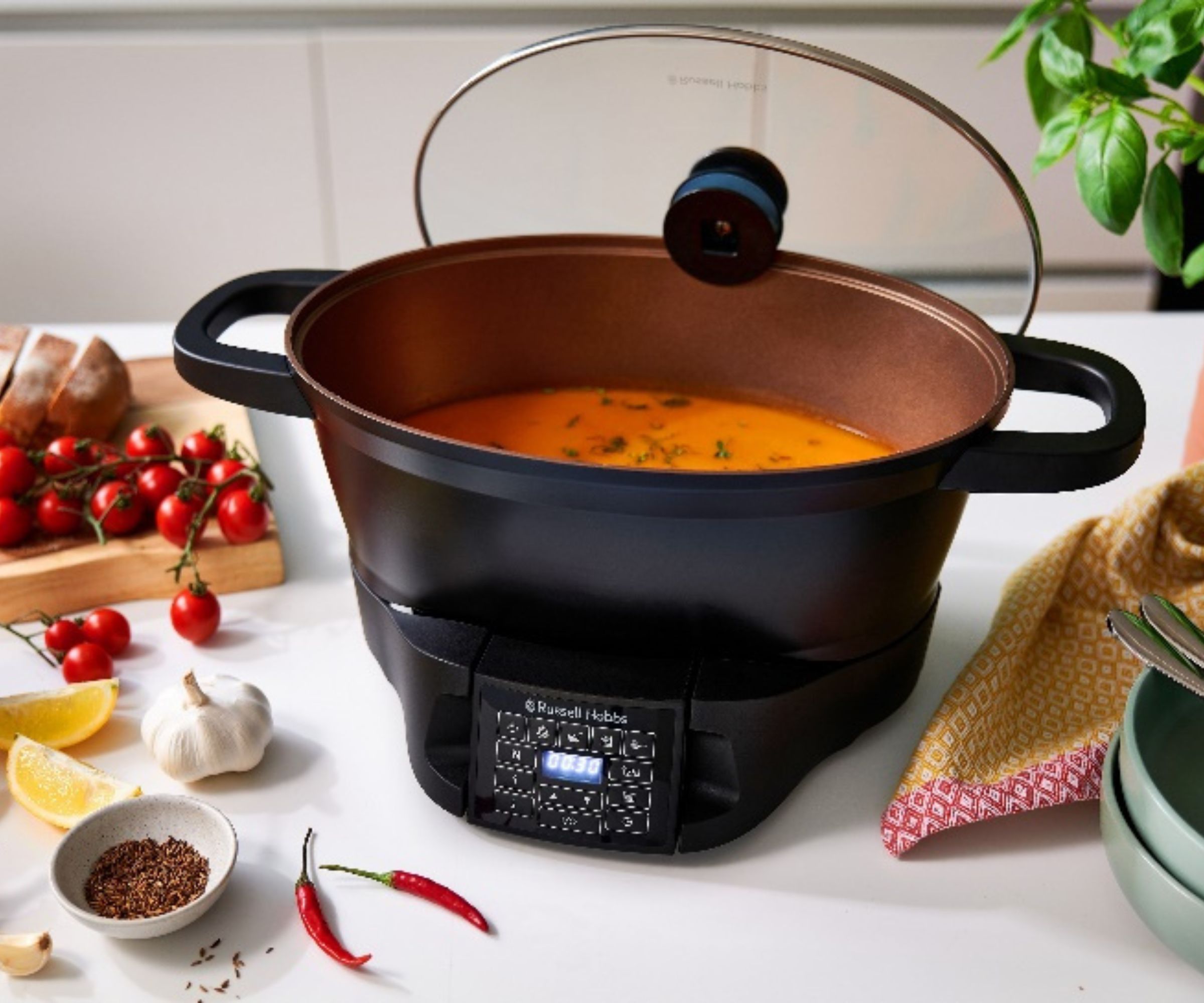
Alcohol is often added to stews and soups to enhance their flavor, however, unlike those cooked on the stove, they are unlikely to reach a bubbling simmer in a slow cooker, so the alcohol won't burn off. The result? A stew that really does taste of the alcohol you've added to it.
FAQs
Does bacteria grow in slow cooker?
Bacteria does not grow in a slow cooker that is being properly used for cooking because the heat from the pot and the length of cooking time, plus the steam created, will kill any bacteria. However, food stored in a slow cooker that isn't put in the fridge will develop bacteria as quickly as any other type of food.
Can you put raw meat straight into a slow cooker?
Yes, you can put raw meat straight into a slow cooker. Some slow cookers pans can be removed and used for searing meat on the hob first, while others are better for simply slow cooking meat from raw.

Ashley Chalmers is a freelance writer for Homes & Gardens with over 10 years' experience as a digital writer and content creator. Ashley started her career in entertainment and fashion PR in New York, before moving to the French countryside and taking up travel blogging. Now, Ashley lives in London. Her passion for travelling is only matched by her love of making her house feel like a home, and she loves to include her finds from around the world in her decor.